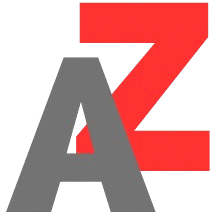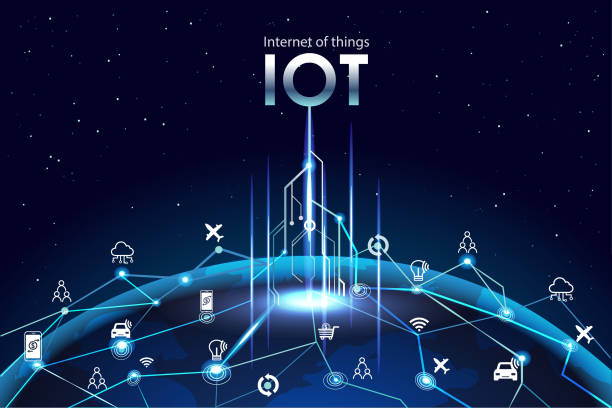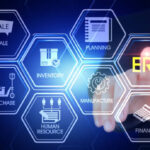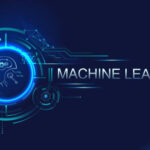The Internet of Things (IoT) is revolutionizing the way we live, work, and interact with technology. As we enter a new era of digital transformation, IoT has emerged as a powerful force connecting devices, data, and people through intelligent networks. From smart homes and wearable technology to industrial automation and urban infrastructure, the potential applications of IoT are both vast and transformative.
What is the Internet of Things (IoT)?
The Internet of Things refers to a network of physical objects embedded with sensors, software, and other technologies to connect and exchange data with other devices and systems over the Internet. These devices, often called “smart devices,” can range from household appliances to complex industrial machines.
The key elements of IoT include:
-
Sensors and Actuators
-
Connectivity (Wi-Fi, Bluetooth, 5G)
-
Data Processing and Storage
-
User Interfaces and Dashboards
How IoT is Reshaping Modern Life
Smart Homes: Convenience and Efficiency
IoT technology is powering the rise of smart homes, where connected devices such as thermostats, lighting systems, refrigerators, and security cameras can be controlled remotely or automated based on usage patterns. For instance, a smart thermostat can learn a user’s preferences and adjust the temperature accordingly, leading to energy efficiency and cost savings.
Healthcare and Wearables: Personalized Monitoring
The healthcare sector has embraced IoT through wearable technology such as fitness trackers, smartwatches, and even implantable devices. These tools provide real-time monitoring of vital signs like heart rate, blood pressure, glucose levels, and sleep patterns. Doctors can remotely monitor patients’ health, enabling early diagnosis and timely intervention.
Industrial IoT (IIoT): Enhancing Productivity
In industrial environments, IoT—often referred to as Industrial IoT (IIoT)—is used to monitor machinery, track assets, optimize production lines, and ensure worker safety. By analyzing real-time data, businesses can predict equipment failures before they happen, significantly reducing downtime and maintenance costs.
Smart Cities: Urban Innovation
IoT plays a crucial role in the development of smart cities. Applications include traffic management, smart lighting, waste management, water distribution, and public safety. For example, IoT-enabled traffic sensors can reduce congestion by dynamically adjusting traffic signals based on real-time vehicle flow.
Key Benefits of the Internet of Things
-
Increased Efficiency: Automation and data analytics streamline operations and reduce manual effort.
-
Enhanced Decision Making: Real-time data provides actionable insights.
-
Cost Reduction: Predictive maintenance and resource optimization reduce operational costs.
-
Improved Quality of Life: Smart devices add convenience, comfort, and security to everyday living.
-
Sustainability: IoT contributes to environmental conservation by optimizing energy and water usage.
Challenges and Security Concerns in IoT
While IoT presents a wide range of benefits, it also introduces several critical challenges:
Data Privacy and Security
The expansion of IoT leads to vast amounts of data being generated and shared. Ensuring data privacy, integrity, and protection from cyber threats is paramount. Devices must be designed with robust encryption protocols, secure firmware, and regular updates.
Interoperability and Standards
With a multitude of manufacturers and platforms, standardization remains a challenge. Lack of interoperability between devices and systems can limit the scalability and effectiveness of IoT solutions.
Bandwidth and Network Strain
The increase in connected devices puts a strain on existing network infrastructure. The advent of 5G and edge computing technologies is addressing this issue by enabling faster, more reliable connections with reduced latency.
Emerging Technologies Accelerating IoT
Several cutting-edge technologies are enhancing the capabilities of IoT:
Artificial Intelligence (AI) and Machine Learning (ML)
AI and ML are crucial for making sense of the massive amounts of data generated by IoT devices. These technologies enable predictive analytics, automation, and intelligent decision-making, making IoT systems smarter and more adaptive.
Blockchain for IoT Security
Blockchain technology offers a decentralized approach to data integrity and security. It ensures tamper-proof data logging and verification, especially important in critical sectors like finance and healthcare.
Edge Computing
Edge computing processes data closer to where it is generated rather than relying solely on centralized cloud servers. This reduces latency, bandwidth usage, and response times, making IoT applications more efficient and responsive.
Real-World Use Cases of IoT
Agriculture
IoT enables precision agriculture, where farmers use soil sensors, weather data, and drone imagery to monitor crops, optimize irrigation, and improve yields. Smart greenhouses and livestock tracking are also gaining momentum.
Retail
Retailers use IoT for inventory management, customer behavior analysis, and personalized marketing. Smart shelves, RFID tags, and beacons create a seamless shopping experience while reducing theft and loss.
Logistics and Supply Chain
IoT devices like GPS trackers and environmental sensors provide real-time visibility into fleet management, cargo conditions, and delivery tracking, increasing efficiency and customer satisfaction.
Energy and Utilities
Smart meters and grid sensors allow utility companies to monitor consumption patterns, detect faults, and optimize energy distribution. Consumers benefit from real-time usage data to manage their consumption.
The Future of IoT: What Lies Ahead
The future of IoT is incredibly promising, with projections estimating over 75 billion connected devices by 2025. Innovations in nano-sensors, quantum computing, and ambient intelligence are set to redefine what is possible. Key future trends include:
-
IoT and Smart Grids for Renewable Energy
-
Digital Twins for Real-Time System Simulation
-
Autonomous Vehicles Powered by IoT
Conclusion
The Internet of Things stands at the heart of the digital revolution, driving unprecedented changes across industries and societies. Its ability to collect, analyze, and act on data is unlocking new opportunities for innovation, efficiency, and sustainability. However, for IoT to reach its full potential, issues of security, standardization, and infrastructure must be addressed collectively.
With continuous advancement in supporting technologies, IoT is poised to become even more intelligent, scalable, and essential in shaping the future of human progress.



